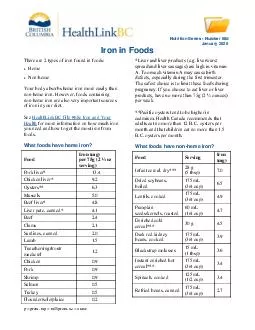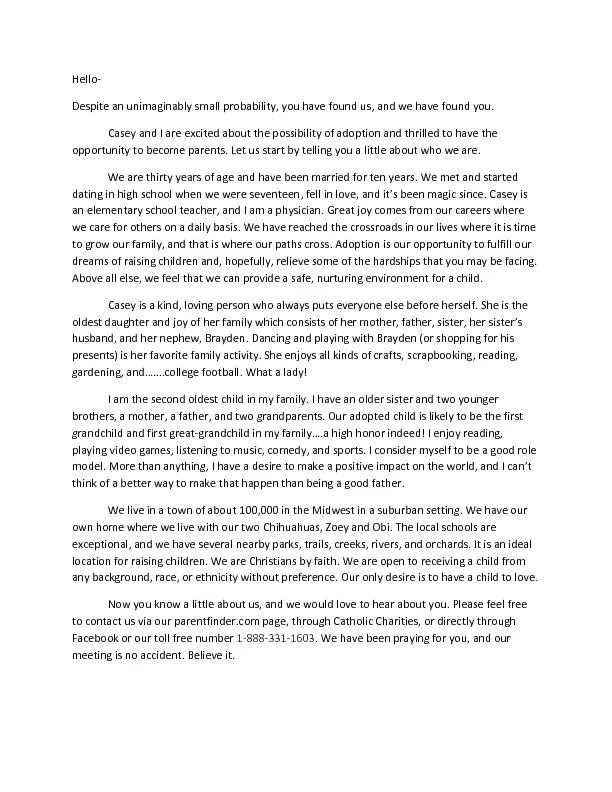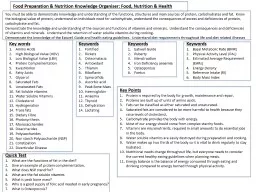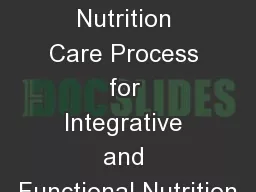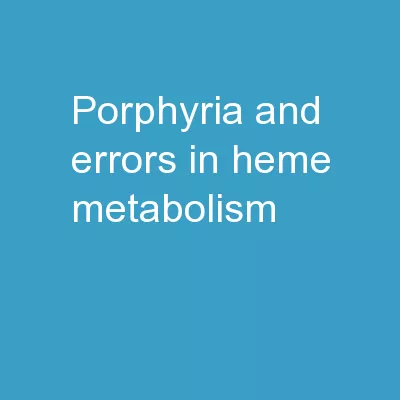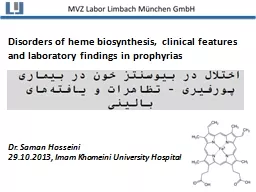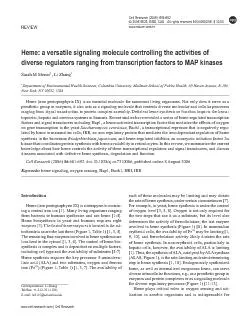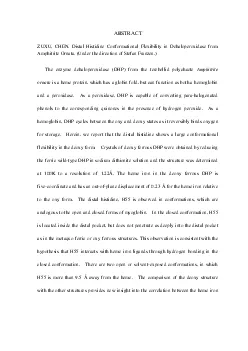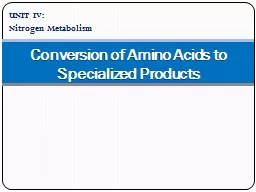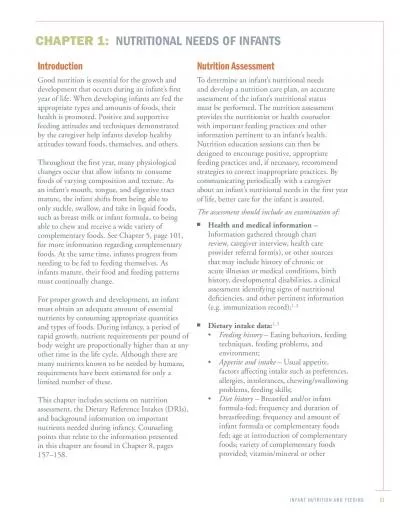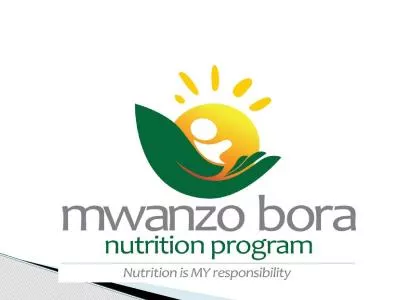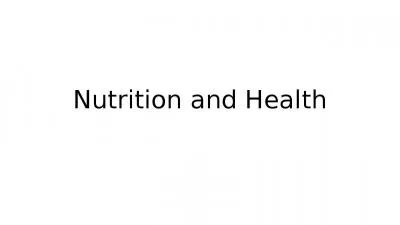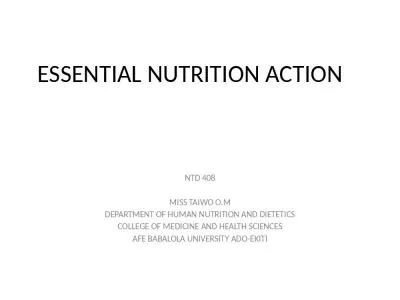PDF-Nutrition Series Number d October Iron in Foods What foods have iron There are types
Author : phoebe-click | Published Date : 2014-11-15
Your body absorbs heme iron more easily than non heme iron However foods containing non heme iron are also very important sources of iron in your diet See Health
Presentation Embed Code
Download Presentation
Download Presentation The PPT/PDF document "Nutrition Series Number d October Iron ..." is the property of its rightful owner. Permission is granted to download and print the materials on this website for personal, non-commercial use only, and to display it on your personal computer provided you do not modify the materials and that you retain all copyright notices contained in the materials. By downloading content from our website, you accept the terms of this agreement.
Nutrition Series Number d October Iron in Foods What foods have iron There are types: Transcript
Download Rules Of Document
"Nutrition Series Number d October Iron in Foods What foods have iron There are types"The content belongs to its owner. You may download and print it for personal use, without modification, and keep all copyright notices. By downloading, you agree to these terms.
Related Documents

